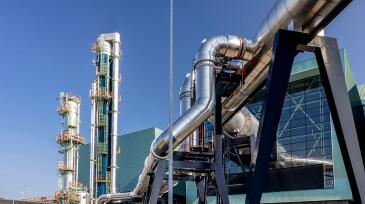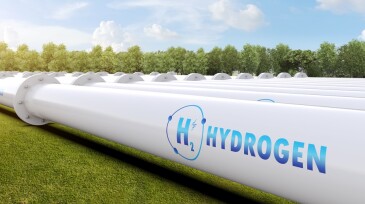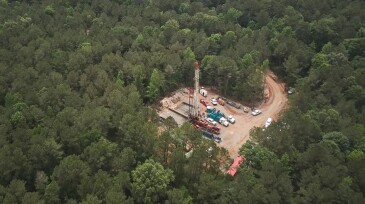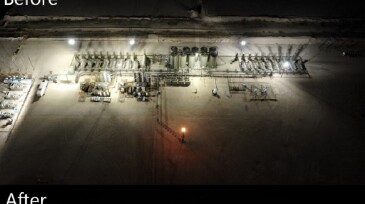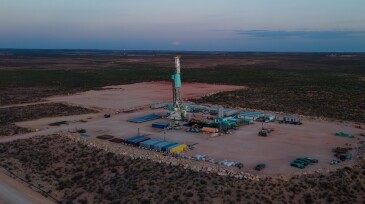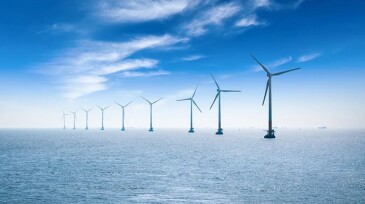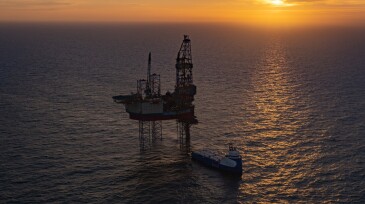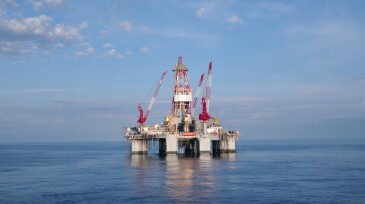environment
-
The plant is designed to capture up to 100,000 tonnes of carbon dioxide annually for the Netherlands-based sustainable energy supplier Twence.
-
The first-of-its-kind map highlights areas of interest for this potential source of energy and chemical supply.
-
A new modeling tool examines the pathways and technology necessary for California to reach carbon neutrality economywide by 2045.
-
The money will aid the partnership of Equinor and Standard Lithium in constructing a processing plant, which, in its first phase, is targeted to produce 22,500 tonnes of lithium carbonate per year for use in battery production.
-
DarkSky International, a global authority on light pollution reduction, applauded Franklin Mountain Energy for overhauling its lighting practices, which reduced the skyglow during the night.
-
The analysis found that the decline in Permian Basin methane emissions equaled the annual carbon emissions avoided by every electric vehicle in the US.
-
The Interior Department has now approved more than 19 GW of offshore wind energy.
-
Ineos, the day-to-day operator of Greensand Future, with its partners Harbour Energy and Nordsøfonden, has made a final investment decision into the first commercial phase, with storage operations set to begin by early 2026.
-
This paper serves as a comprehensive overview of greenhouse-gas emission source data visibility in oil and gas production operations.
-
The environmental impact statement is a required step before another lease sale can be held in the Gulf of Mexico, a move welcomed by the oil and gas industry.

